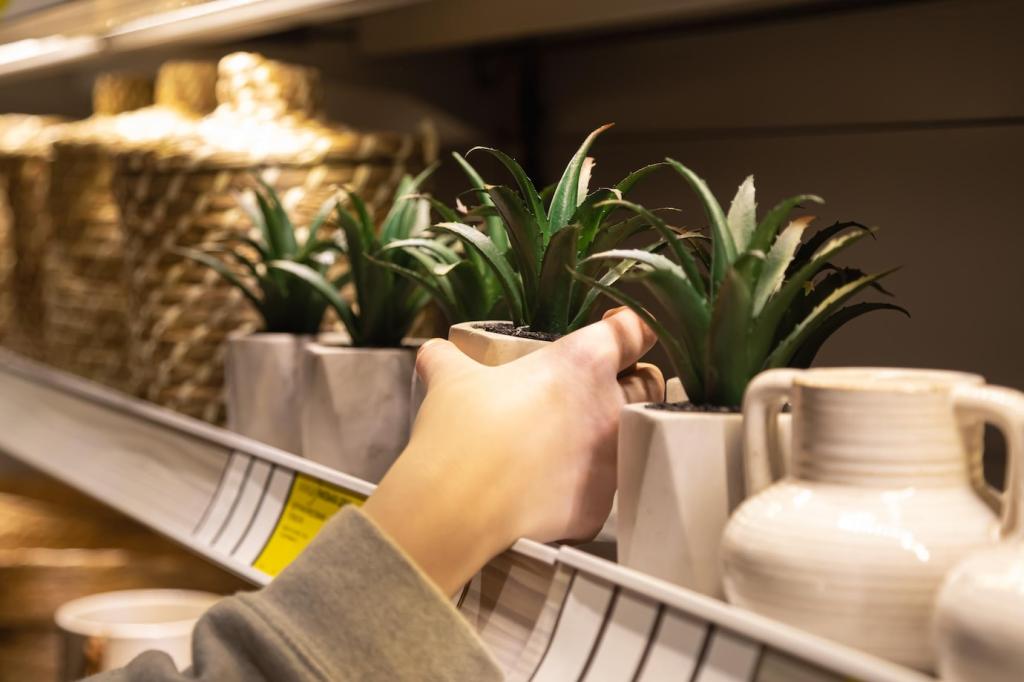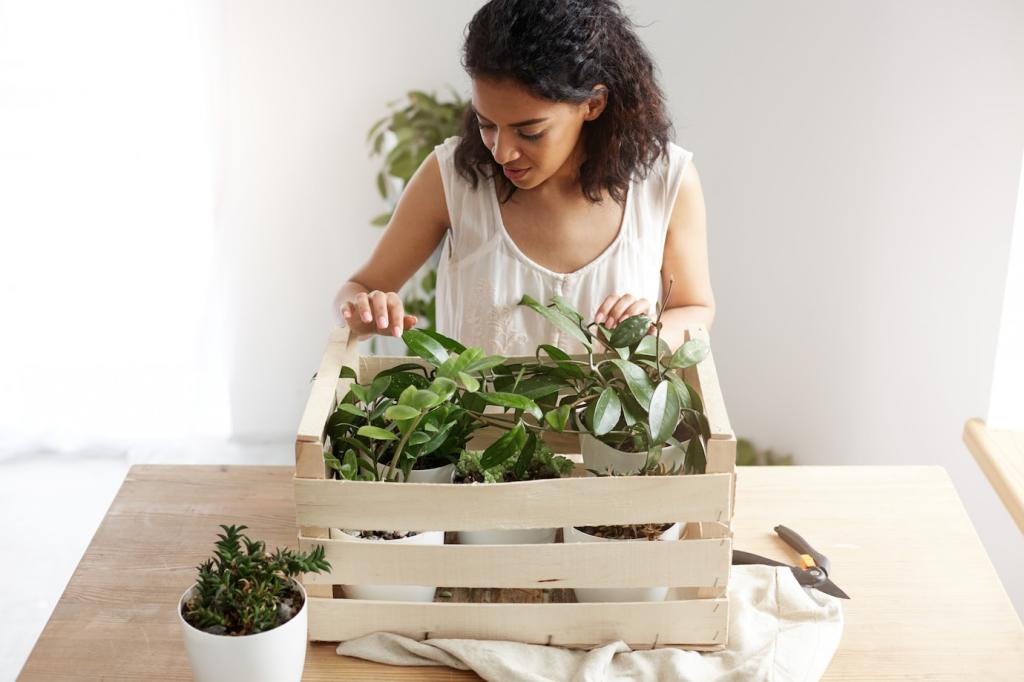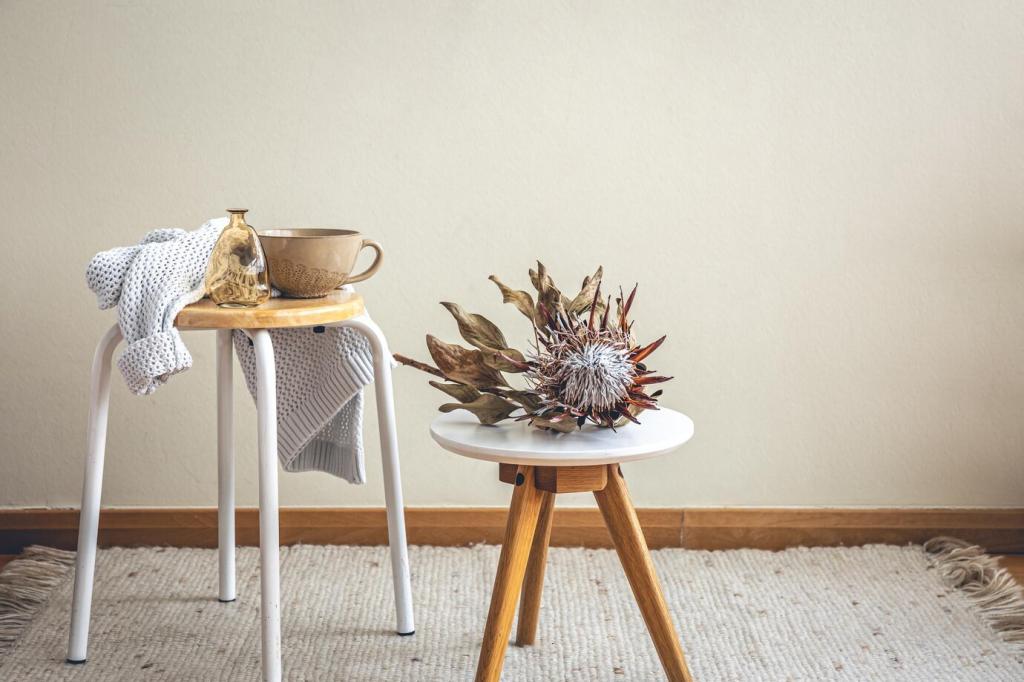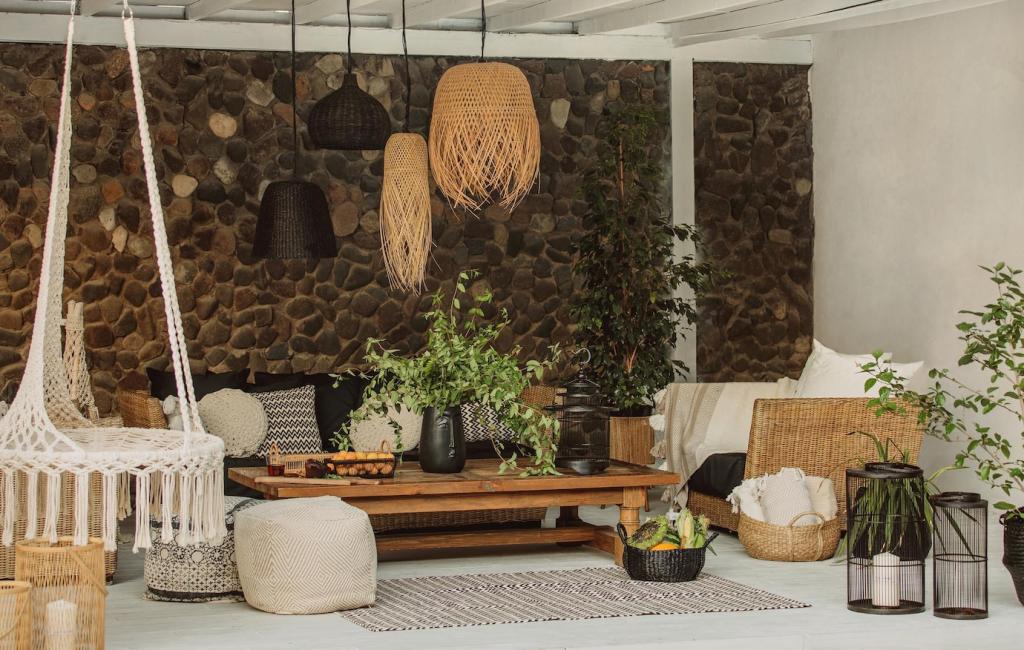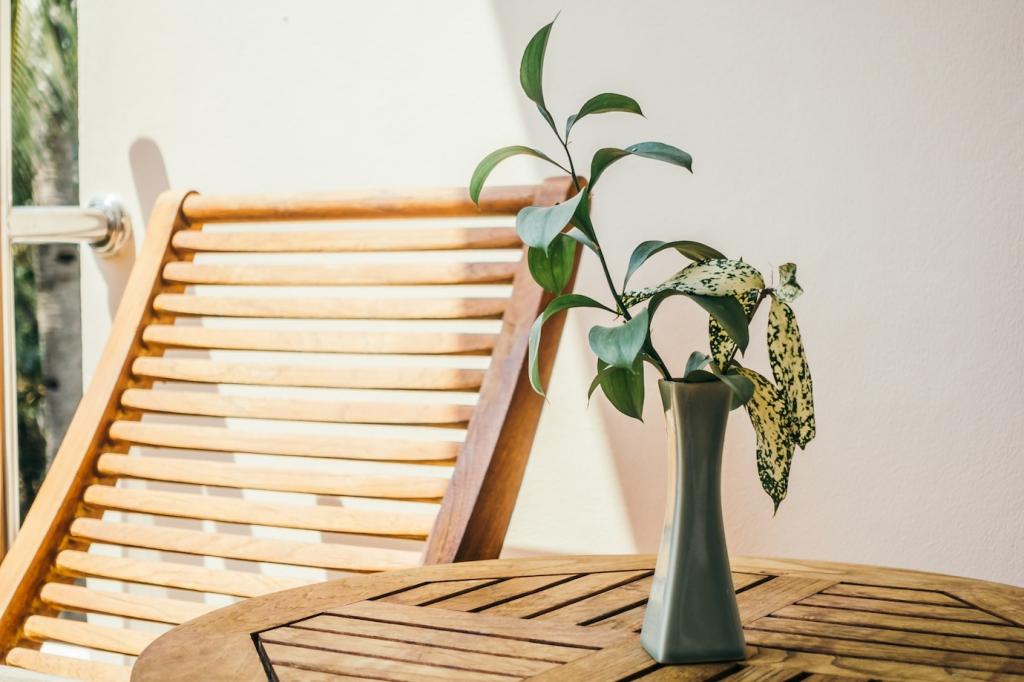Measure, Celebrate, and Keep Improving
Measure the weight or volume of recycling, compost, donations, and trash monthly. Watch the trash line shrink as zero-waste home design tips take hold. Small, steady improvements add up to meaningful environmental impact over time.
Measure, Celebrate, and Keep Improving
Audit each space quarterly for repair needs, material health, and storage effectiveness. Capture photos, note lingering waste hotspots, and prioritize quick fixes. This repeatable rhythm keeps your home resilient, efficient, and aligned with your values.

